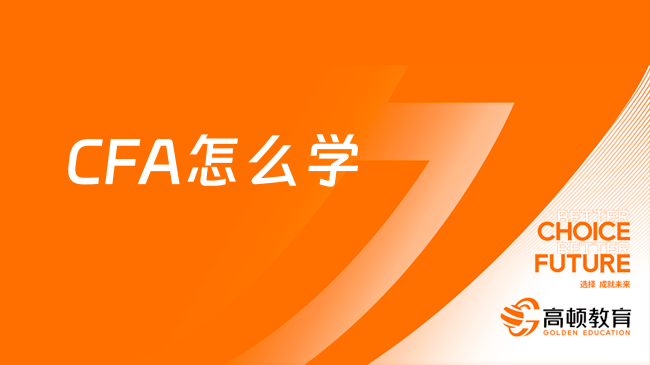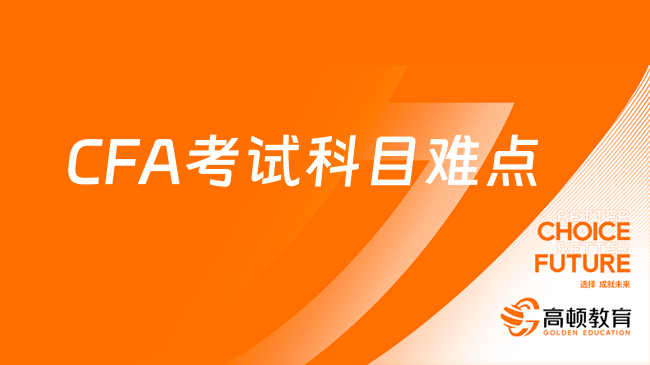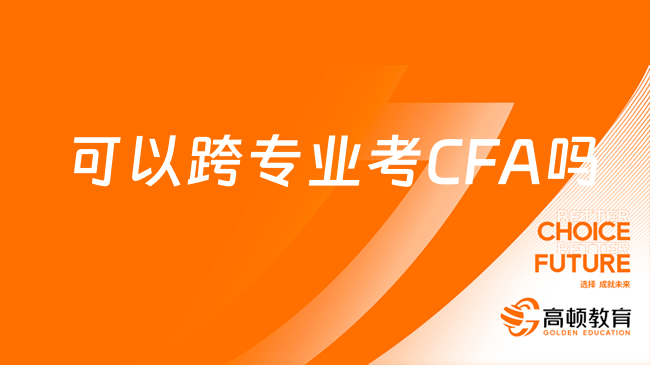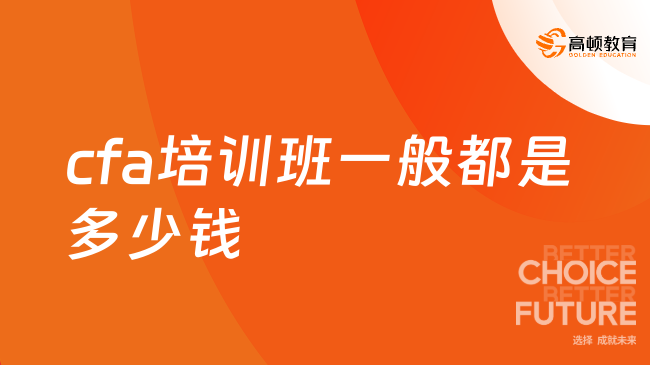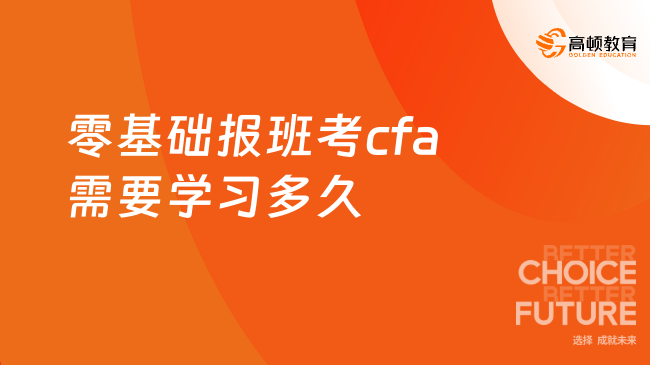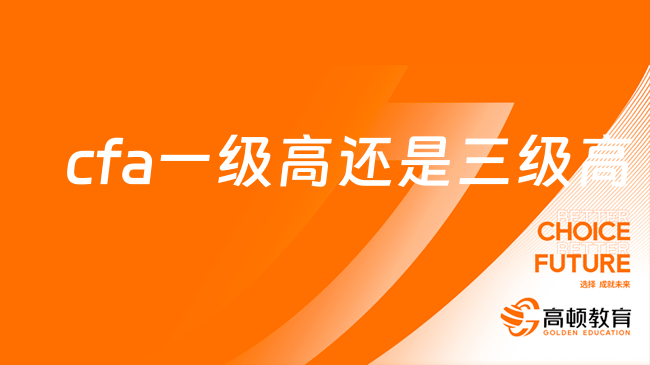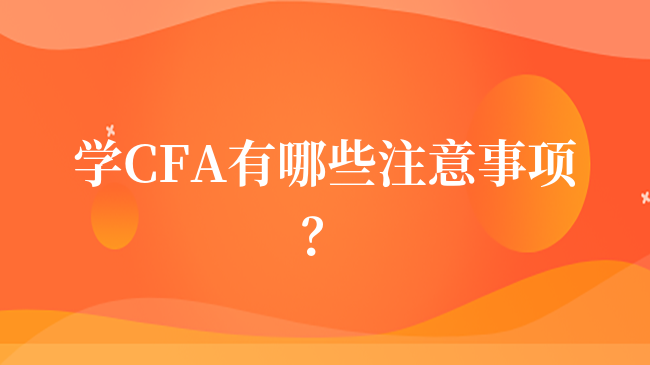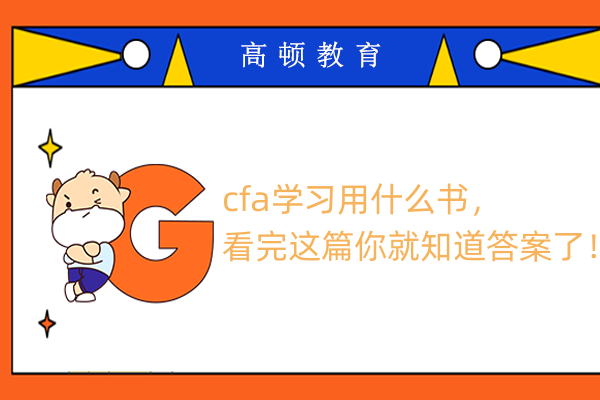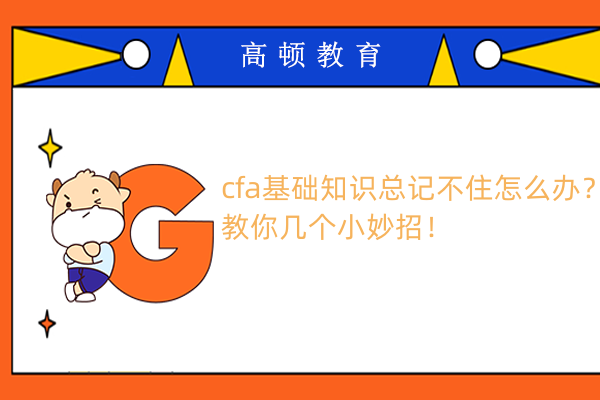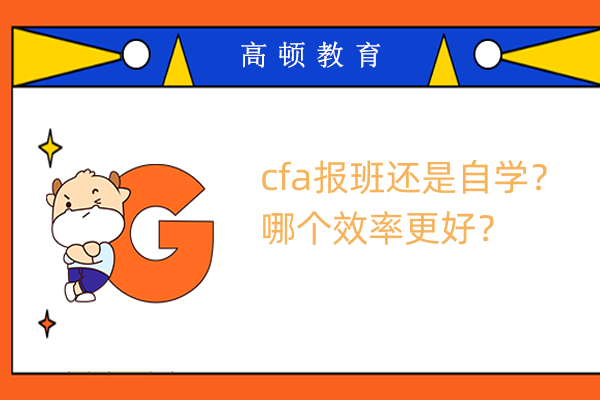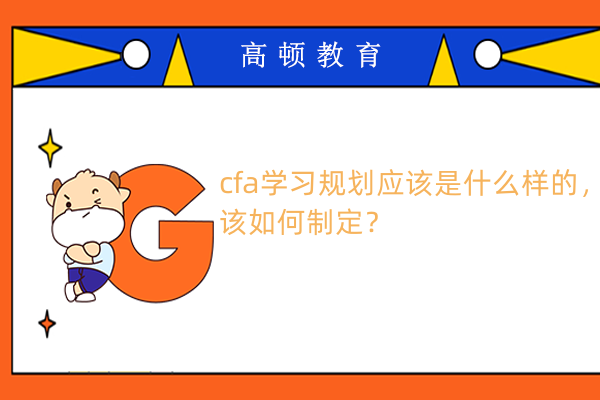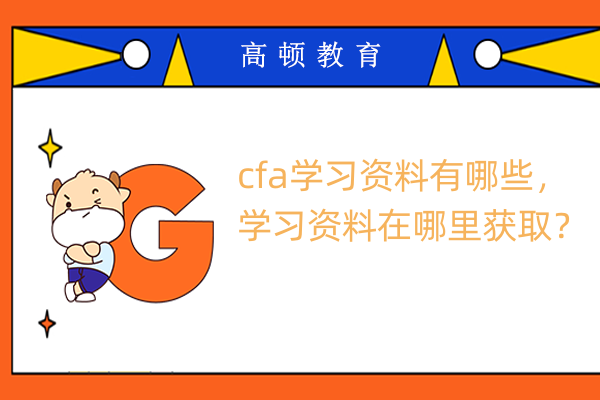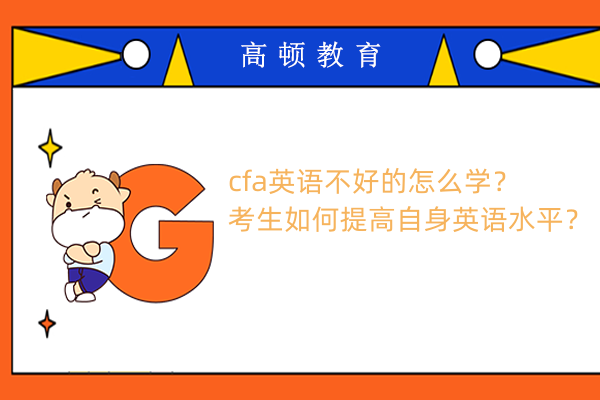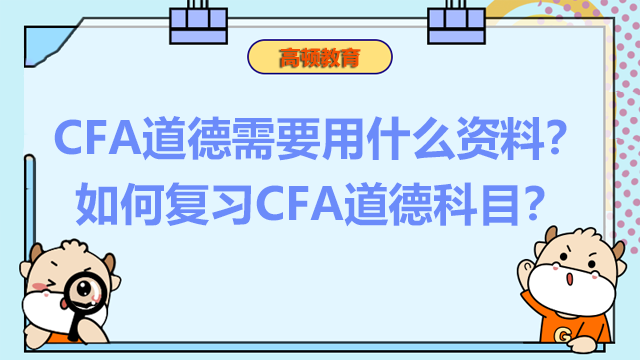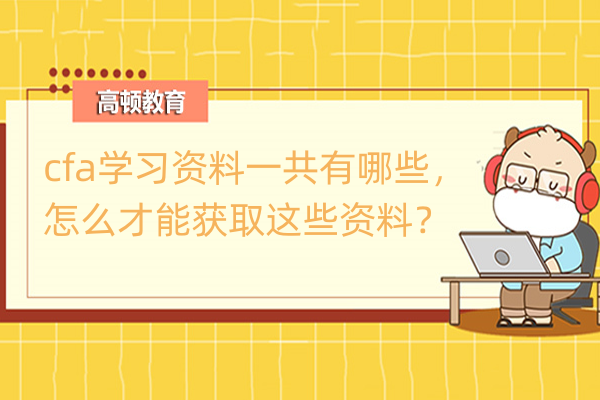2014年12月CFA考试悄然而至,高顿财经给大家带来总共18期的《2014年12月CFA考试大纲》,提前帮助大家对CFA考试有一个充分的认识。
《2014年12月CFA考试大纲:SS 4 Economics: Microeconomic Analysis》
Economics: Microeconomic Analysis
This study session focuses on the microeconomic principles used to describe the marketplace behavior of consumers and firms. The first reading explains the concepts and tools of demand and supply analysis-the study of how buyers and sellers interact to determine transaction prices and quantities. The second reading covers the theory of the consumer, which addresses the demand for goods and services by individuals who make decisions to maximize the satisfaction they receive from present and future consumption. The third reading deals with the theory of the firm, focusing on the sup?ply of goods and services by profit-maximizing firms. That reading provides the basis for understanding the cost side of firms’ profit equation. The final reading completes the picture by addressing revenue and explains the types of markets in which firms sell output. Overall, the study session provides the economic tools for understanding how product and resource markets function and the competitive characteristics of different industries.
READING ASSIGNMENTS
Reading 13 Demand and Supply Analysis: Introduction by Richard V. Eastin and Gary L. Arbogast, CFA
Reading 14 Demand and Supply Analysis: Consumer Demand by Richard V. Eastin and Gary L. Arbogast, CFA
Reading 15 Demand and Supply Analysis: The Firm by Gary L. Arbogast, CFA, and Richard V. Eastin
Reading 16 The Firm and Market Structures by Richard G. Fritz and Michele Gambera, CFA
LEARNING OUTCOMES
READING 13. DEMAND AND SUPPLY ANALYSIS: INTRODUCTION
The candidate should be able to:
a distinguish among types of markets;
b explain the principles of demand and supply;
c describe causes of shifts in and movements along demand and supply curves;
d describe the process of aggregating demand and supply curves;
e describe the concept of equilibrium (partial and general), and mechanisms by which markets achieve equilibrium;
f distinguish between stable and unstable equilibria, including price bubbles, and identify instances of such equilibria;
g calculate and interpret individual and aggregate demand, and inverse demand and supply functions, and interpret individual and aggregate demand and sup?ply curves;
h calculate and interpret the amount of excess demand or excess supply associ?ated with a non-equilibrium price;
i describe types of auctions and calculate the winning price(s) of an auction;
j calculate and interpret consumer surplus, producer surplus, and total surplus;
k describe how government regulation and intervention affect demand and supply;
l forecast the effect of the introduction and the removal of a market interference (e.g., a price floor or ceiling) on price and quantity;
m calculate and interpret price, income, and cross-price elasticities of demand and describe factors that affect each measure.
READING 14. DEMAND AND SUPPLY ANALYSIS: CONSUMER DEMAND
The candidate should be able to:
a describe consumer choice theory and utility theory;
b describe the use of indifference curves, opportunity sets, and budget constraints in decision making;
c calculate and interpret a budget constraint;
d determine a consumer’s equilibrium bundle of goods based on utility analysis;
e compare substitution and income effects;
f distinguish between normal goods and inferior goods, and explain Giffen goods and Veblen goods in this context.
READING 15. DEMAND AND SUPPLY ANALYSIS: THE FIRM
The candidate should be able to:
a calculate, interpret, and compare accounting profit, economic profit, normal profit, and economic rent;
b calculate and interpret and compare total, average, and marginal revenue;
c describe a firm’s factors of production;
d calculate and interpret total, average, marginal, fixed, and variable costs;
e determine and describe breakeven and shutdown points of production;
f describe approaches to determining the profit-maximizing level of output;3 Study Session 4
g describe how economies of scale and diseconomies of scale affect costs;
h distinguish between short-run and long-run profit maximization;
i distinguish among decreasing-cost, constant-cost, and increasing-cost indus?tries and describe the long-run supply of each;
j calculate and interpret total, marginal, and average product of labor;
k describe the phenomenon of diminishing marginal returns and calculate and interpret the profit-maximizing utilization level of an input;
l determine the optimal combination of resources that minimizes cost.
READING 16. THE FIRM AND MARKET STRUCTURES
The candidate should be able to:
a describe characteristics of perfect competition, monopolistic competition, oli?gopoly, and pure monopoly;
b explain relationships between price, marginal revenue, marginal cost, economic profit, and the elasticity of demand under each market structure;
c describe a firm’s supply function under each market structure;
d describe and determine the optimal price and output for firms under each mar?ket structure;
e explain factors affecting long-run equilibrium under each market structure;
f describe pricing strategy under each market structure;
g describe the use and limitations of concentration measures in identifying mar?ket structure;
h identify the type of market structure within which a firm operates.
扫一扫微信,*9时间获取2014年CFA考试报名时间和考试时间提醒
版权声明:本条内容自发布之日起,有效期为一个月。凡本网站注明“来源高顿教育”或“来源高顿网校”或“来源高顿”的所有作品,均为本网站合法拥有版权的作品,未经本网站授权,任何媒体、网站、个人不得转载、链接、转帖或以其他方式使用。
经本网站合法授权的,应在授权范围内使用,且使用时必须注明“来源高顿教育”或“来源高顿网校”或“来源高顿”,并不得对作品中出现的“高顿”字样进行删减、替换等。违反上述声明者,本网站将依法追究其法律责任。
本网站的部分资料转载自互联网,均尽力标明作者和出处。本网站转载的目的在于传递更多信息,并不意味着赞同其观点或证实其描述,本网站不对其真实性负责。
如您认为本网站刊载作品涉及版权等问题,请与本网站联系(邮箱fawu@gaodun.com,电话:021-31587497),本网站核实确认后会尽快予以处理。

 更多服务
更多服务










